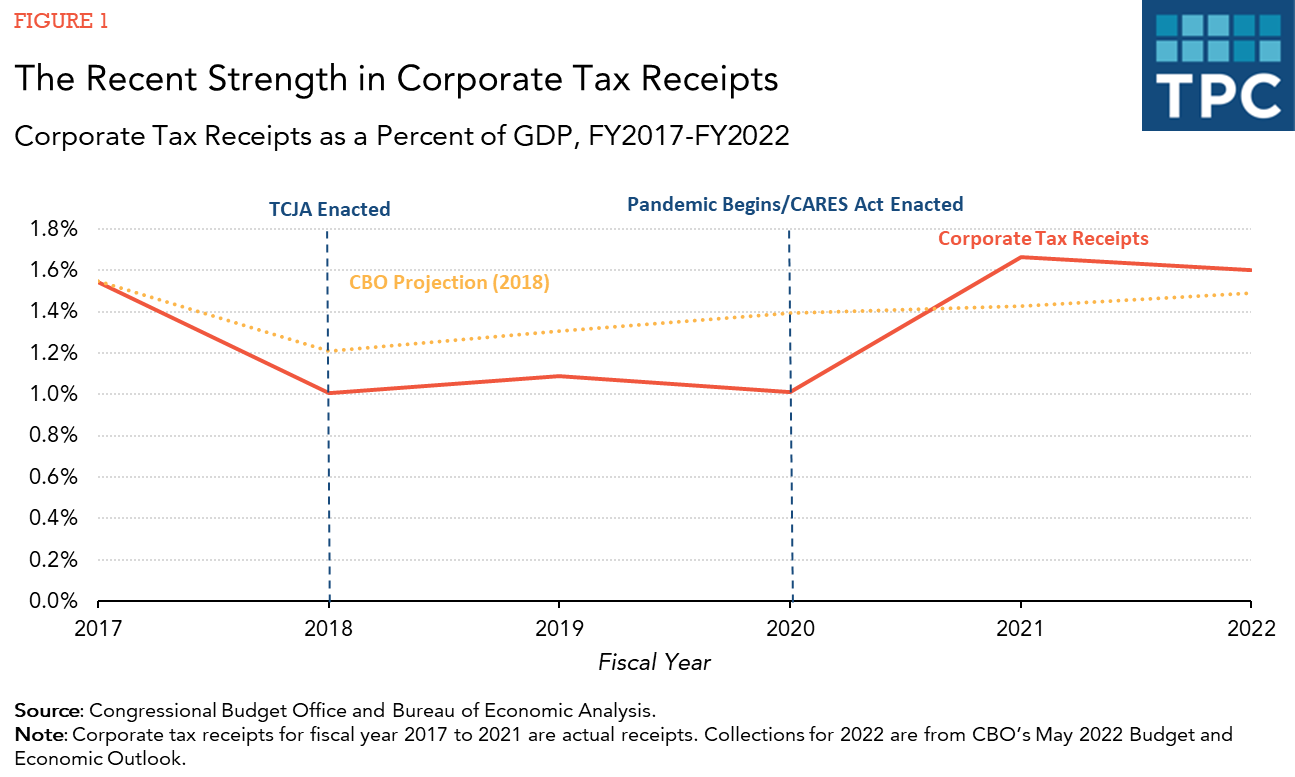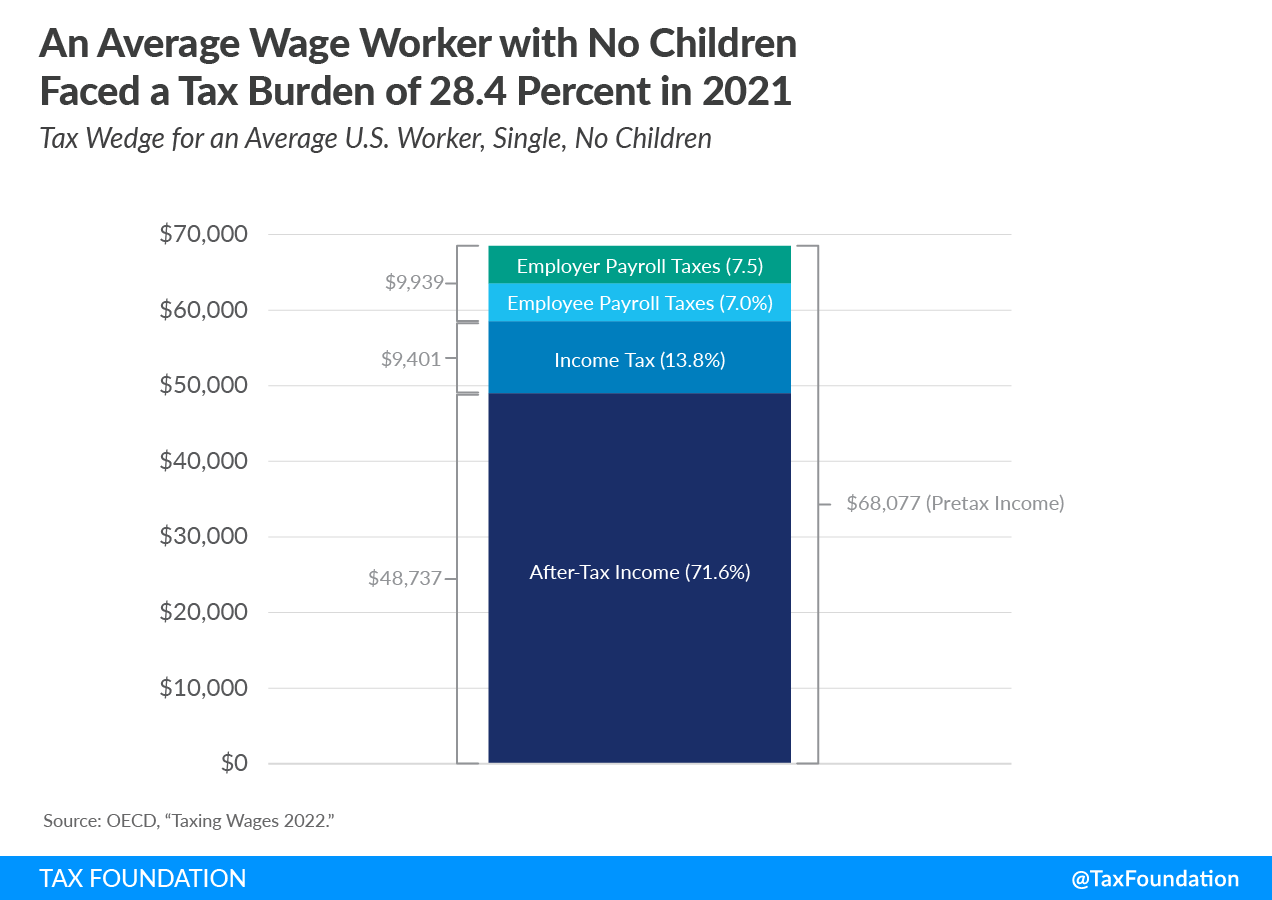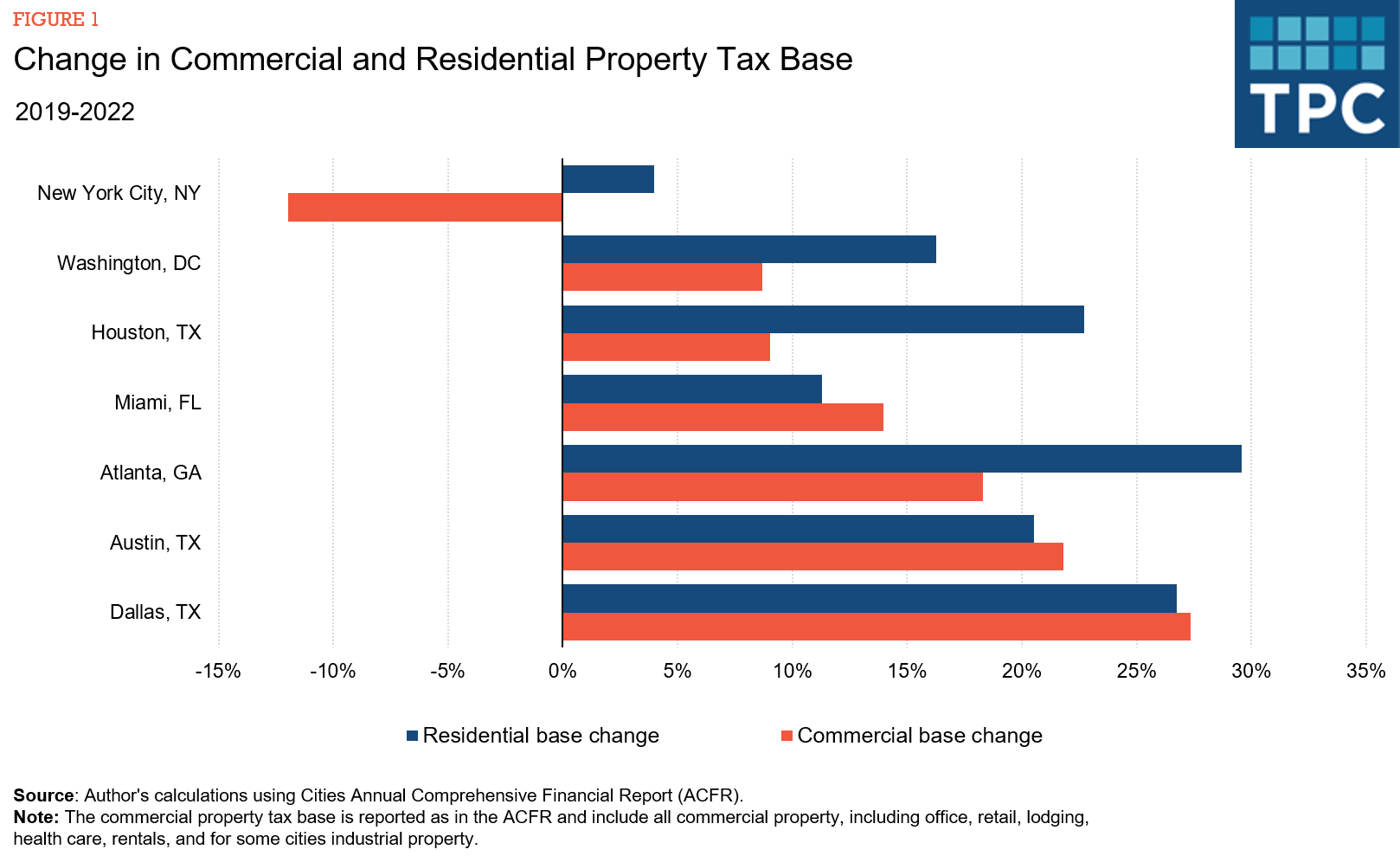2024 Tax Brackets and Federal Income Tax Rates
See 2023 Tax Brackets See 2022 Tax Brackets
On a yearly basis, the Internal Revenue Service (IRS)The Internal Revenue Service (IRS) is part of the U.S. Department of the Treasury and is responsible for enforcing and administering federal tax laws, processing tax returns, performing audits, and offering assistance for American taxpayers.
adjusts more than 60 tax provisions for inflationInflation is when the general price of goods and services increases across the economy, reducing the purchasing power of a currency and the value of certain assets. The same paycheck covers less goods, services, and bills. It is sometimes referred to as a “hidden tax,” as it leaves taxpayers less well-off due to higher costs and “bracket creep,” while increasing the government’s spending power.
to prevent what is called “bracket creepBracket creep occurs when inflation pushes taxpayers into higher income tax brackets or reduces the value of credits, deductions, and exemptions. Bracket creep results in an increase in income taxes without an increase in real income. Many tax provisions—both at the federal and state level—are adjusted for inflation.
.” Bracket creep occurs when inflation, rather than real increases in income, pushes people into higher income tax bracketA tax bracket is the range of incomes taxed at given rates, which typically differ depending on filing status. In a progressive individual or corporate income tax system, rates rise as income increases. There are seven federal individual income tax brackets; the federal corporate income tax system is flat.
s or reduces the value they receive from credits and deductions.
The IRS previously used the Consumer Price Index (CPI) as a measure of inflation prior to 2018. However, with the TaxA tax is a mandatory payment or charge collected by local, state, and national governments from individuals or businesses to cover the costs of general government services, goods, and activities.
Cuts and Jobs Act of 2017 (TCJA), the IRS now uses the Chained Consumer Price Index (C-CPI) to adjust income thresholds, deduction amounts, and credit values accordingly.
The new inflation adjustments are for tax year 2024, for which taxpayers will file tax returns in early 2025. Note that the Tax Foundation is a 501(c)(3) educational nonprofit and cannot answer specific questions about your tax situation or assist in the tax filing process.
2024 Federal Income Tax Brackets and Rates
In 2024, the income limits for all tax brackets and all filers will be adjusted for inflation and will be as follows (Table 1). The federal income tax has seven tax rates in 2024: 10 percent, 12 percent, 22 percent, 24 percent, 32 percent, 35 percent, and 37 percent. The top marginal income tax rate of 37 percent will hit taxpayers with taxable incomeTaxable income is the amount of income subject to tax, after deductions and exemptions. For both individuals and corporations, taxable income differs from—and is less than—gross income.
above $609,350 for single filers and above $731,200 for married couples filing jointly.
Stay informed on the tax policies impacting you.
Subscribe to get insights from our trusted experts delivered straight to your inbox.
Subscribe
Standard DeductionThe standard deduction reduces a taxpayer’s taxable income by a set amount determined by the government. It was nearly doubled for all classes of filers by the 2017 Tax Cuts and Jobs Act as an incentive for taxpayers not to itemize deductions when filing their federal income taxes.
and Personal Exemption
The standard deduction will increase by $750 for single filers and by $1,500 for joint filers (Table 2).
The personal exemption for 2024 remains at $0 (eliminating the personal exemption was part of the Tax Cuts and Jobs Act of 2017 (TCJA).
Alternative Minimum Tax
The alternative minimum tax (AMT)The Alternative Minimum Tax (AMT) is a separate tax system that requires some taxpayers to calculate their tax liability twice—first, under ordinary income tax rules, then under the AMT—and pay whichever amount is highest. The AMT has fewer preferences and different exemptions and rates than the ordinary system.
was created in the 1960s to prevent high-income taxpayers from avoiding the individual income taxAn individual income tax (or personal income tax) is levied on the wages, salaries, investments, or other forms of income an individual or household earns. The U.S. imposes a progressive income tax where rates increase with income. The Federal Income Tax was established in 1913 with the ratification of the 16th Amendment. Though barely 100 years old, individual income taxes are the largest source of tax revenue in the U.S.
. This parallel income tax system requires high-income taxpayers to calculate their tax bill twice: once under the ordinary income tax system and again under the AMT. The taxpayer then needs to pay the higher of the two.
The AMT uses an alternative definition of taxable income called alternative minimum taxable income (AMTI). To prevent low- and middle-income taxpayers from being subject to the AMT, taxpayers are allowed to exempt a significant amount of their income from AMTI. However, the exemption phases out for high-income taxpayers. The AMT is levied at two rates: 26 percent and 28 percent.
The AMT exemption amount for 2024 is $85,700 for singles and $133,300 for married couples filing jointly (Table 3).
In 2024, the 28 percent AMT rate applies to excess AMTI of $232,600 for all taxpayers ($116,300 for married couples filing separate returns).
AMT exemptions phase out at 25 cents per dollar earned once AMTI reaches $609,350 for single filers and $1,218,700 for married taxpayers filing jointly (Table 4).
Earned Income Tax CreditA tax credit is a provision that reduces a taxpayer’s final tax bill, dollar-for-dollar. A tax credit differs from deductions and exemptions, which reduce taxable income, rather than the taxpayer’s tax bill directly.
The maximum earned income tax credit (EITC)The Earned Income Tax Credit (EITC) is a refundable tax credit targeted at low-income working families. The credit offsets tax liability, the total amount of tax debt owed by an individual, corporation, or other entity to a taxing authority like the Internal Revenue Service (IRS), and can even generate a refund, with earned income credit amounts calculated on the basis of income and number of children.
in 2024 for single and joint filers is $632 if the filer has no children (Table 5). The maximum credit is $4,213 for one child, $6,960 for two children, and $7,830 for three or more children.
Child Tax Credit
The maximum child tax credit is $2,000 per qualifying child and is not adjusted for inflation. The refundable portion of the child tax credit is adjusted for inflation and will increase from $1,600 to $1,700 for 2024.
Capital Gains TaxA capital gains tax is levied on the profit made from selling an asset and is often in addition to corporate income taxes, frequently resulting in double taxation. Capital gains taxes create a bias against saving, leading to a lower level of national income by encouraging present consumption over investment.
Rates and Brackets (Long-Term Capital Gains)
Long-term capital gains face different brackets and rates than ordinary income (Table 6.)
Qualified Business Income Deduction (Sec. 199A)
The Tax Cuts and Jobs Act of 2017 (TCJA) includes a 20 percent deduction for pass-through businessA pass-through business is a sole proprietorship, partnership, or S corporation that is not subject to the corporate income tax; instead, this business reports its income on the individual income tax returns of the owners and is taxed at individual income tax rates.
es. Limits on the deduction begin phasing in for taxpayers with income above $191,950 (or $383,900 for joint filers) in 2024 (Table 7).
Annual Exclusion for Gifts
In 2024, the first $18,000 of gifts to any person are excluded from tax, up from $17,000. The exclusion is increased to $185,000 from $175,000 for gifts to spouses who are not citizens of the United States.
Confused? Boost Your Tax Knowledge with TaxEDU
Tax policy can be complex. Thankfully our resources for understanding them aren’t.
Learn more

Share






